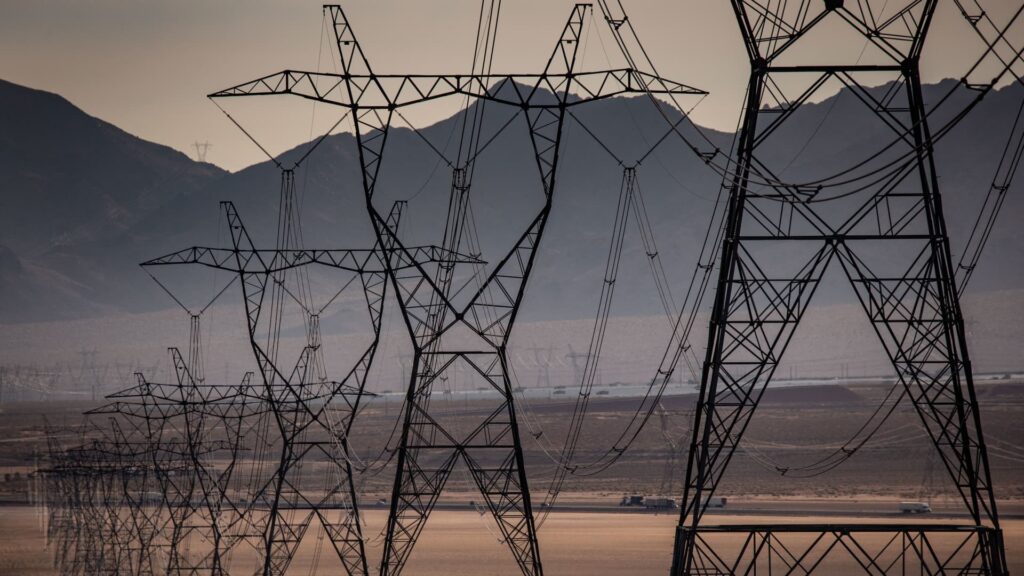Heavy electrical transmission lines at the powerful Ivanpah Solar Electric Generating System, located in California’s Mojave Desert at the base of Clark Mountain and just south of this stateline community on Interstate 15, are viewed on July 15, 2022 near Primm, Nevada. The Ivanpah system consists of three solar thermal power plants and 173,500 heliostats (mirrors) on 3,500 acres and features a gross capacity of 392 megawatts (MW).
George Rose | Getty Images News | Getty Images
This story is part of CNBC’s “Transmission Troubles” series, an inside look at why the aging electrical grid in the U.S. is struggling to keep up, how it’s being improved and why it’s so vital to fighting climate change.
Wind and solar power generators wait in yearslong bureaucratic lines to connect to the power grid, only to be faced with fees they can’t afford, forcing them to scramble for more money or pull out of projects completely.
This application process, called the interconnection queue, is delaying the distribution of clean power and hampering the U.S. in reaching its climate goals.
The interconnection queue backlog is a symptom of a larger climate problem for the United States: There are not enough transmission lines to support the transition from a fossil fuel-based electric system to a decarbonized energy grid.
Surprise fee increases
The Oceti Sakowin Power Authority, a nonprofit governmental entity owned by seven Sioux Indian tribes, is working to build 570 megawatts of wind power generation to sell to customers in South Dakota.
“Economic development through renewable energy speaks to the very heart of Lakota culture and values – being responsible stewards of Grandmother Earth, Unci Maka,” Jonathan E. Canis, general counsel for the Oceti Sakowin Power Authority, told CNBC. “Together our tribes occupy almost 20% of the land area of South Dakota. And the experts who have been measuring our wind resources literally describe them as ‘screamin.’.”
To connect wind power generation to…
Read the full article here





